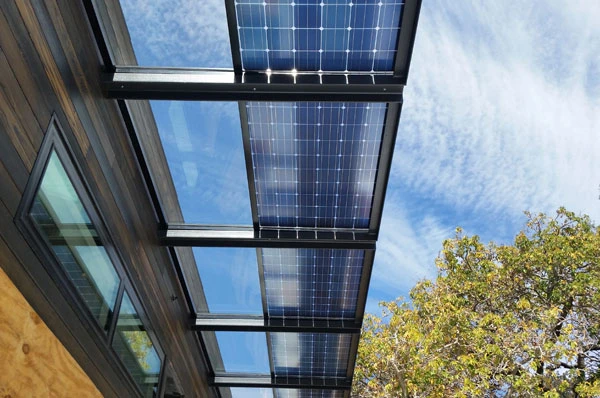efficiency of monocrystalline and polycrystalline solar panels
Comparing Efficiency of Monocrystalline and Polycrystalline Solar Panels
As the demand for renewable energy sources continues to rise, solar power has emerged as a leading choice for harnessing clean energy. Among the various types of solar panels available, monocrystalline and polycrystalline panels are the most popular options. Understanding their efficiency levels is crucial for consumers looking to invest in solar technology.
Monocrystalline solar panels are made from a single continuous crystal structure, which gives them a uniform appearance and a higher efficiency rating compared to polycrystalline panels. Typically, the efficiency of monocrystalline panels ranges from 15% to 22%. This higher efficiency can be attributed to the purity of the silicon used in their production, which allows for better electron movement and higher energy conversion. Because of their superior performance, monocrystalline panels are often recommended for limited space installations where maximizing power output is essential.
Conversely, polycrystalline solar panels are created from multiple silicon crystals, which can lead to some inefficiencies during the manufacturing process. The efficiency of polycrystalline panels generally lies between 13% and 16%. Despite their lower efficiency, polycrystalline panels are often preferred for larger installations due to their more cost-effective pricing. The manufacturing process for these panels is simpler and less energy-intensive, allowing manufacturers to sell them at a lower price point.
The choice between monocrystalline and polycrystalline solar panels often depends on various factors, including space availability, budget, and aesthetic preferences. If a homeowner has limited roof space and is willing to invest in higher efficiency technology, monocrystalline panels may be the better choice. Their compact design and higher output mean that fewer panels are needed to produce the same amount of energy, effectively maximizing space usage.
efficiency of monocrystalline and polycrystalline solar panels

On the other hand, polycrystalline panels might appeal to consumers looking for a more economical option, especially when space is not a constraint. The slightly lower efficiency might not be a significant drawback for larger installations where land or roof area is readily available. Additionally, advancements in manufacturing technology have been steadily improving the performance of polycrystalline panels, bridging the efficiency gap with their monocrystalline counterparts.
Another important consideration is the performance of these panels in various environmental conditions. Monocrystalline panels tend to perform better in low-light conditions, while polycrystalline panels can experience reduced efficiency in high temperatures. This performance variation can influence the overall energy output depending on geographic location and climatic conditions. For example, in colder climates with less sunlight, monocrystalline panels may yield better results, whereas in consistently hot areas, polycrystalline panels might face efficiency challenges.
Furthermore, longevity and warranties are essential factors in determining the best solar panel type for specific needs. Monocrystalline panels typically come with longer warranties, often up to 25 years, reflecting their anticipated durability and performance over time. Polycrystalline panels offer warranties as well, but they may be slightly shorter, demonstrating the industry's confidence in their longevity.
In conclusion, the efficiency of monocrystalline and polycrystalline solar panels varies significantly, influencing consumers' choices based on their unique requirements. While monocrystalline panels are more efficient and space-saving, polycrystalline panels provide a cost-effective alternative with reasonable performance. As technology continues to evolve, both types of solar panels will likely see improvements in efficiency and affordability, making solar power an increasingly attractive option for sustainable energy solutions.
-
Understanding the Advantages of Solar String Inverters for Your Energy SystemNewsApr.29,2025
-
Choosing the Right PV Inverter: A Comprehensive GuideNewsApr.29,2025
-
The Future of Solar Power: Exploring Bifacial Solar PanelsNewsApr.29,2025
-
The Complete Guide to Solar Panels: Efficiency, Cost, And InstallationNewsApr.29,2025
-
The Best Options for Efficiency and Cost-EffectivenessNewsApr.29,2025
-
Harnessing the Power of Off-Grid Solar Inverters for Energy IndependenceNewsApr.29,2025







